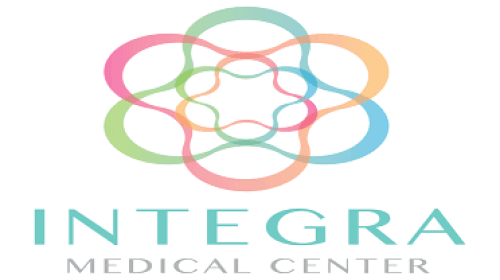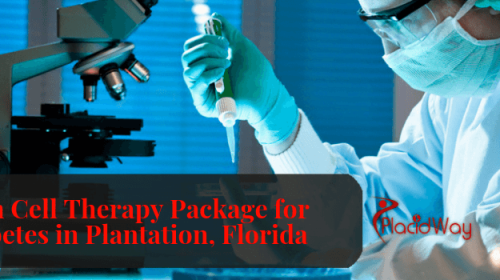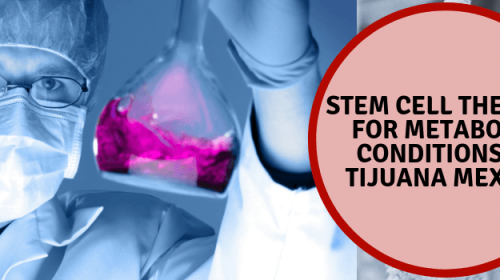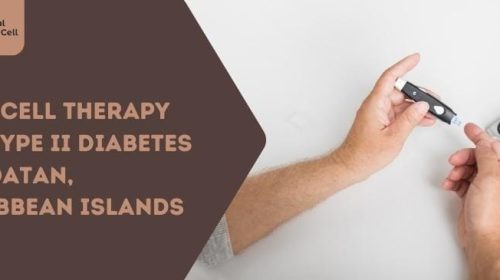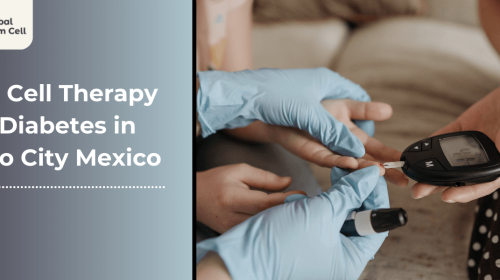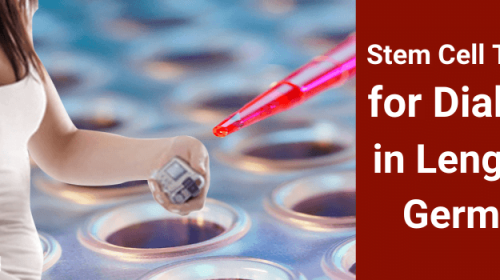Reversing Diabetes – The Power of Stem Cell Treatment
Diabetes is a chronic health condition characterized by high blood sugar levels. It occurs when the body either does not produce enough insulin or cannot effectively use the insulin it produces. Insulin is a hormone that regulates the metabolism of carbohydrates and helps transport glucose (sugar) from the bloodstream into cells to be used as energy. There are three main types of diabetes:
- Type 1 Diabetes: This type is an autoimmune disease where the immune system mistakenly attacks and destroys the insulin-producing cells in the pancreas. As a result, the body cannot produce insulin, and individuals with type 1 diabetes require lifelong insulin therapy.
- Type 2 Diabetes: In type 2 diabetes, the body either does not produce enough insulin or becomes resistant to its effects, leading to high blood sugar levels. Lifestyle factors, such as poor diet, lack of physical activity, obesity, and genetic predisposition, contribute to its development.
- Gestational Diabetes: This type occurs during pregnancy and affects women who did not have diabetes before conceiving.

Stem Cell Treatment for Diabetes
Stem cell treatment for diabetes is an area of ongoing research and holds promise for potential future treatments. Stem cells are undifferentiated cells that have the ability to develop into different cell types in the body. They can be sourced from various places, such as embryos, umbilical cord blood, and adult tissues like bone marrow or adipose tissue.
There are several approaches being explored in stem cell research for diabetes:
- Embryonic Stem Cells: These stem cells are derived from embryos and have the potential to differentiate into various cell types, including insulin-producing beta cells. Researchers are working on techniques to direct the differentiation of embryonic stem cells into functional beta cells that can be transplanted into individuals with type 1 diabetes.
- Induced Pluripotent Stem Cells (iPSCs): iPSCs are adult cells, such as skin cells, that have been reprogrammed to behave like embryonic stem cells. They can be differentiated into insulin-producing cells in the laboratory and potentially used for transplantation.
- Adult Stem Cells: Adult stem cells, including mesenchymal stem cells derived from bone marrow or adipose tissue, are being investigated for their potential to stimulate the regeneration of beta cells or modulate the immune system’s response in type 1 diabetes.
- Islet Cell Transplantation: Islet cell transplantation involves isolating insulin-producing cells (islets) from a donor pancreas and transplanting them into the recipient. This procedure is already being used as a treatment for certain individuals with type 1 diabetes who have severe complications.
Procedure of Stem Cell Therapy for Diabetes
Preparing the Patient
Before any procedure, a comprehensive medical evaluation of the patient is necessary. This includes a review of the patient’s medical history, present health condition, and severity of diabetes. Blood tests, physical examination, and other relevant investigations may be carried out.
Stem Cell Harvesting
Stem cells could be derived from various sources such as the patient’s bone marrow, adipose tissue (fat cells), or from umbilical cord blood. These cells are then isolated and prepared for the next step. The specifics of harvesting depend on the source of the stem cells.
Stem Cell Processing
The harvested cells are processed in a laboratory where they may be genetically manipulated or treated to transform them into insulin-producing cells. After the processing, these cells are cultured and expanded to increase their number.
Transplantation
Before transplantation, the newly formed cells undergo rigorous testing to ensure they are safe, they function as intended, and they won’t be rejected by the patient’s immune system.
Monitoring and Rehabilitation
Once the cells pass the quality control tests, they are ready to be transplanted back into the patient. The method of transplantation may vary based on the specifics of the treatment, but it could involve injection into the pancreas, or into the bloodstream with the hope the cells will migrate to the pancreas.
Long-term Follow-up
After the transplantation, the patient’s health and blood sugar levels would be closely monitored to see if the treatment is successful. Immune suppression might be required to prevent rejection of the new cells.
Best Stem Cell Centers for Diabetes in the World
America, Guadalajara, Mexico
America, Guadalajara, Mexico
Mexico, America, Nuevo Progresso
Regenerative Medicine Packages for Diabetes
Stem Cell Therapy for Diabetes Success Stories
Don’t let diabetes dictate your life. Embrace the transformative power of stem cell treatment and embark on a journey towards a healthier, more fulfilling future. Contact us today and discover the possibilities that stem cell therapy holds for your diabetes management. Together, let’s take the first step towards a better tomorrow!
Frequently Asked Questions
What are the symptoms of diabetes?
Diabetes symptoms can include frequent urination, excessive thirst, unexplained weight loss, increased hunger, fatigue, blurred vision, slow wound healing, and recurrent infections. It’s important to consult with a healthcare professional for diagnosis and treatment if you experience these symptoms. Regular check-ups are essential for early detection and effective management of diabetes.
How does stem cell treatment help COPD patients?
The causes of diabetes can vary depending on the type of diabetes:
- Type 1 Diabetes: The exact cause of type 1 diabetes is not fully understood, but it is believed to be an autoimmune disease. The immune system mistakenly attacks and destroys the insulin-producing beta cells in the pancreas. Genetic factors and environmental triggers, such as viral infections, may play a role in the development of type 1 diabetes.
- Type 2 Diabetes: Type 2 diabetes is primarily influenced by lifestyle and genetic factors. It is often associated with obesity and physical inactivity. The cells in the body become resistant to the effects of insulin, and the pancreas may not produce enough insulin to compensate for this resistance.
- Gestational Diabetes: Gestational diabetes occurs during pregnancy and is thought to be caused by hormonal changes that affect insulin action. The placenta produces hormones that can interfere with the normal functioning of insulin, leading to high blood sugar levels. Women who are overweight, have a family history of diabetes, or had gestational diabetes in previous pregnancies are at higher risk.
Should I consider stem cell treatment for diabetes?
As an experimental therapy, the decision to pursue stem cell treatment for diabetes should be made in consultation with healthcare professionals. They can provide information on the current state of research, potential benefits, risks, and alternative treatment options based on individual circumstances.
How long does it take to see the effects of stem cell treatment for diabetes?
The timeline for seeing the effects of stem cell treatment can vary depending on factors such as the type of stem cell used, the individual’s response, and the extent of the treatment. Some patients may observe improvements in blood sugar control and insulin production within a few weeks, while others may take longer to experience noticeable changes.
Can stem cell treatment completely eliminate the need for insulin in diabetes patients?
While stem cell therapy holds promise for improving insulin production and blood sugar control, complete elimination of insulin dependence is not guaranteed. The success of stem cell treatment can vary among individuals, and some may still require insulin or other diabetes medications even after treatment.
Request Free Quote







